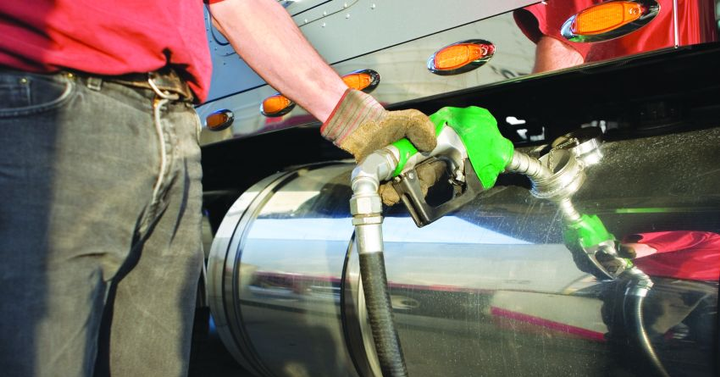How to Save Gas In The Trucking Industry
What’s the biggest variable cost in the fleet? You guessed it, fuel. So how can a fleet company save money on the necessity to keep their trucks, vans, and cars running? Let’s look at a few ways you and your team can help realize cost savings on fuel.

Don’t Overfill Your Tank
When the tank is filled to capacity, it can expand and overflow when the fuel is heated. The sun can heat gain the tank, or fuel can be heated by the engine and cause overflow when it returns to the tank. Overflow is wasteful and dangerous to other drivers on the road. The extra fuel can also add to extra weight, which slows down the vehicle.
Be Moderate with Braking
When your truck comes to a complete stop, it requires more fuel to get back up to speed. Of course, all vehicles should come to a complete stop at stop signs and stoplights and follow all other traffic laws, drivers can use braking techniques to minimize unnecessary complete stops.
Regulate Your Speed
When you maintain a constant speed, you maintain a steady fuel usage. when you accelerate, you burn more fuel. If you accelerate more quickly, you burn more fuel. That’s why it’s important to maintain a speed at the speed limit. For trucks, the speed limit is usually no higher than 65 mph.
Regularly Inflate Your Tires
This tends to be the most missed factor when it comes to fuel consumption. When your tires are correctly inflated, you improve your fuel efficiency. For every 1 psi drop in pressure that your tires have, your under-inflated tires can lower your gas mileage by .3%. When your tires are inflated, they have a longer lifespan and are safer for the road.
Avoid Idling Your Truck
Many drivers leave their trucks idling to run a quick errand, to run in to grab a bite, or to maintain the temperature during a cold or hot day. They may even want to avoid restarting the vehicle. However, you should never let your semi-truck idle for longer than five minutes. One hour of idling will burn a gallon of gas. Turn your truck off if you need to leave it for a while it’s probably the easiest way to save fuel.
Use Your Momentum
When you drive a heavy truck, you build a lot of momentum. Even when you drive at a consistent speed, you build momentum that can carry you through a stoplight if you don’t break-in time. On hills, though, you can use your momentum to your advantage. Collect momentum before going up a hill so you can use the energy to make it to the top of the hill. Once you reach the apex of a hill, you can use your gathered momentum to ride the downhill slope without using your gas pedal. When you approach a stop or exit, start slowing down long before you reach the actual stop. Use your brakes minimally, as they waste your momentum and lower your fuel efficiency.
Watch Slippery Roads
It’s harder for tires to grip roads when they’re slippery from ice, rain, or oil. Even gravel surfaces make accelerating more difficult. Large semis need to accelerate slowly from a stop to avoid accidents and save fuel.
Keep Your Load Height Low
Did you know that if your load is unevenly distributed, it can affect how much effort your truck needs to make to get moving? Try to keep your load as low and even as possible to improve the fuel economy.
Have a Good Driver Attitude
The most important aspect of maximizing your fuel economy is having a good attitude. When you or your drivers always keep fuel efficiency in mind, you’ll be more likely to use these simple techniques to improve your fuel consumption. Even the best plans to improve fuel efficiency are useless if the drivers don’t want to implement them.
Another easy cost savings solution is a fleet fuel card. With a fleet fuel card, like the Fuelz Fleet Card, businesses can save money on gas as well as limit non-fuel purchases. In addition, Fuelz provides real-time reporting so managers can see where their dollars are being spent correctly or incorrectly. Contact us today to learn more!
